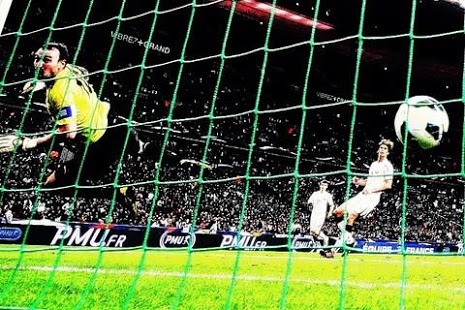The effect of the World Cup on the Brazilian economy will be studied from every and any angle, but even within the game itself, some economic principles can be tested. From Ignacio Palacios-Huerta’s New York Times article, “The Beautiful Data Set“:
“The economist John Forbes Nash Jr. analyzed how people should behave in strategic situations in which it is not optimal to repeatedly make the same move — like the children’s game rock, paper, scissors, in which selecting one move again and again (rock, rock, rock …) makes you easy to beat. According to Mr. Nash’s theory, in a zero-sum game (i.e., where a win for one player entails a corresponding loss for the other) the best approach is to vary your moves unpredictably and in such proportions that your probability of winning is the same for each move. In rock, paper, scissors, for example, the optimal strategy is to mix your choices randomly among the three options.
To test this theory in the real world, we can study penalty kicks, which are zero-sum games in which it is not optimal to repeatedly choose the same move. (The goalie has an easier time stopping your shot if you always kick to the same side of the net.) Unlike complex real-world strategic situations involving firms, banks or countries, penalty kicks are relatively simple, and data about them are readily available.
I analyzed 9,017 penalty kicks taken in professional soccer games in a variety of countries from September 1995 to June 2012. I found, as Mr. Nash’s theory would predict, that players typically distributed their shots unpredictably and in just the right proportions. Specifically, roughly 60 percent of kicks were made to the right of the net, and 40 percent to the left. The proportions were not 50-50 because players have unequal strengths in their legs and tend to shoot better to one side. Shooting 50-50, in other words, would not take full advantage of their better leg, while shooting any more often to the stronger side would have been too predictable.
In accordance with Mr. Nash’s theory, penalty kicks shot to the left were successful with the same frequency as kicks shot to the right — roughly 80 percent of the time.”

